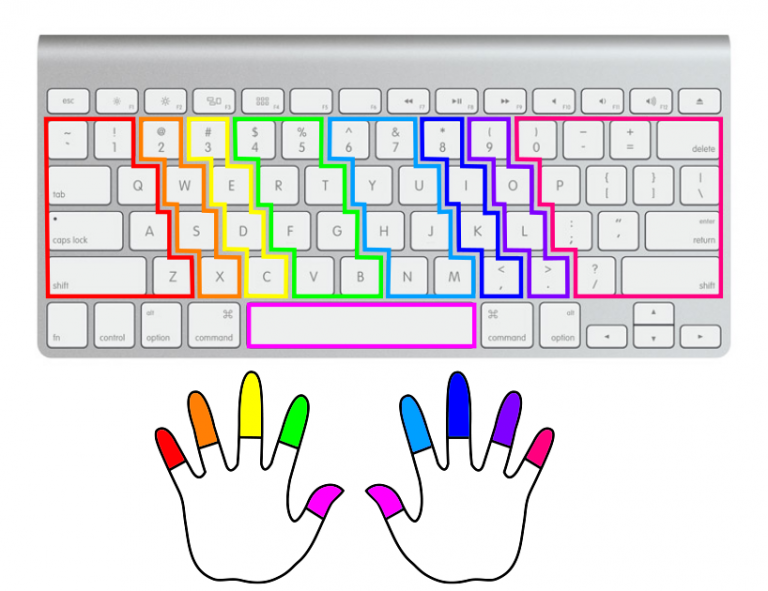


For mph, all you have to do is multiply the total speed by 5,280 then divide the value you get by 3,600. For kph, all you have to do is multiply the total speed by 1,000 then divide the value you get by 3,600. You can breakdown both mph and kph into meters per second and feet per second. This is because:ġ mile = 1.61 kilometers, and 1 kilometer = 0.061 miles On the contrary, if you want to convert a kph value to an mph value, take the kph value and multiply this by 0.61. If you want to convert an mph value to a kph value, take the mph value and multiply this by 1.61. Both are units of measurements used for speed. Conversely, miles per hour has an abbreviation of “mph” and it refers to the number of miles a given object traveled in one hour. Kilometers per hour has an abbreviation of “kph” and it refers to the number of kilometers a given object traveled in one hour. What’s the difference between MPH and KPH? However, you can change this by selecting a different unit from the drop-down menu. In an mph calculator, the default unit of measurement is mph. The most common units of measurement for average speed are “kph” or kilometers per hour, “mph” or miles per hour, “m/s” or meters per second, and “ft/s” or feet per second. For the latter, you can find the average speed using the following formula:Īverage speed = total distance / total time
#Average keystrokes per hour manual#
Again, you can use this speed calculator to find the average speed or you can do the manual computation. You can measure average speed in units of distance per time. Average velocity relates to an object’s displacement while average speed related to the total distance taken by the object. Average velocity refers to the total displacement ratio of any given object over a given period of time. It’s not the average of speed.Īverage speed and average velocity have the same relation as speed and velocity. You can calculate the formula of average speed by solving the ratio of the total distance covered by a given object to the time it took to cover the entire distance. This means that only the magnitude is important, not the distance of travel. Average speed has a relation to the distance traveled by any given object. In physics, average speed refers to a moving object’s average speed for the total distance it has covered. Speed = distance / time What is average speed in physics?įrom the term “average speed,” you can get an inclination of what it means. To do this, you can use the speed formula which is: For instance, there are differences between rotational speed, instantaneous speed, and average speed.Īlthough using this time distance calculator, you may still want to perform the calculations manually. There are other more precise meanings and you shouldn’t confuse them with each other. Keep in mind though, that speed isn’t a precise term. Simply put, you can compute the value of speed using the distance traveled per unit of time. You can specify the units used to measure speed by the units of distance traveled divided by the units of time. The fact is, speed is all about time and distance. But once you examine them, you can become more familiar with them. The definition of speed often gets concealed behind all of these units. Physicists, on the other hand, typically use the m/s or meters per second base unit to measure speed. Of course, you can also use it to measure the speed of ships and airplanes, all you have to do is to change the unit of measurement to knots. This is where the mph calculator comes in handy. Therefore, this means that we humans have a relative perception of speed.įor trains and automobiles, speed is often measured in “kph” or kilometers per hour or in “mph” or miles per hour. But if you’re riding a bike at the same speed, it feels a lot faster. We know when we’re moving fast or slow.įor instance, when you’re driving a car with a speed of 50 km/h, this won’t feel too fast for you. What’s more, we feel speed differently depending on the situation. Most of the time, we associate speed with objects in motion rather than with its scientific background or explanation. Instead, you would imagine a person running, a fast-moving car, and so on. But when you think of speed, you don’t see vectors and formulas. But do you understand the meaning of this term? By definition, speed is purely connected and related to physics. We have all heard the word “speed” before and we frequently use it in our daily lives.


 0 kommentar(er)
0 kommentar(er)
